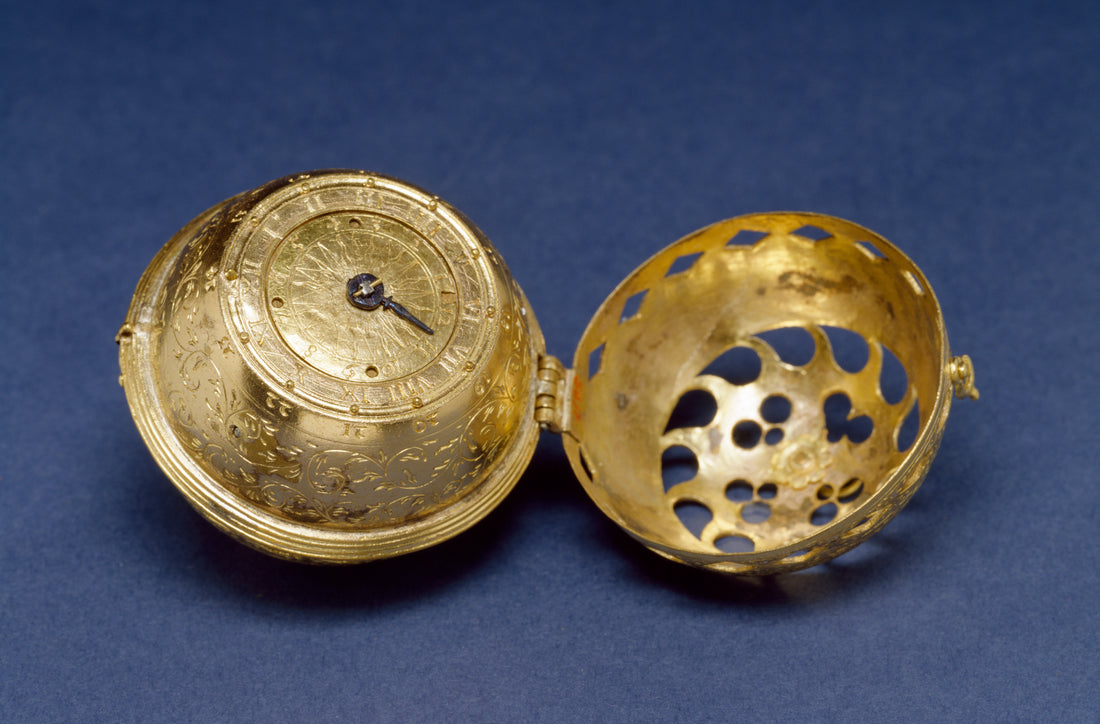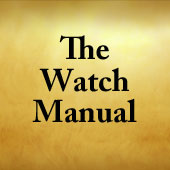
Who was the first watchmaker?
A short history of the first watchmakers
The portable clocks began to diffuse themselves during the fifteenth century, and they were constantly improved. Actually, the most important noble and merchant families strived to find the newest and most modern timepieces. Around 1410, the first clockmakers developed the mainspring. Combined with the fusee, this innovation made possible the creation of the first truly portable domestic clocks. The table clocks became a sort of work of art. Not only because of their movements but also for their beautiful finishings and craftsmanship. With their diffusion and refinement, they became smaller and more complex - following an empirical trend that was later codified in microelectronics and known as Moore’s Law.
The first inventor of a truly portable watch was a German watchmaker from Nuremberg, Peter Henlein. Peter Henlein (also known as Henle or Hele), (b. 1485 - d. August 1542), a locksmith and clockmaker from Nuremberg, Germany, is the reputed inventor of the first watch. It was a portable clock of ovoid shape that could be attached to a chain as a pendant, and worn around the neck.

Foto by Vitold Muratov - commons Wikimedia
The first watchmaker: Peter Henlein and the Pomander watches
These first watches are known as “Nuremberg Eggs” or “Pomander watches.” Usually, we consider these ones the first watches in the history of timekeeping. They totally lacked precision, because they featured just the hours hand. But, actually, they were an absolute novelty, and became much sought as precious objects.
Watchmaking diffused itself quickly through Europe, reaching the most important cities in Italy, France, and England, where the locksmiths repurposed themselves as watchmakers. The first watchmakers, interested in enormous rewards of the new profession, competed fiercely to create smaller and better watches. In 1518, the King François I of France spent a fortune on two watches set in two epees (epees is a French word for “spade”, and it’s referred to the watch hands).

In the image, a fire-gilded pomander watch from 1505 probably made by Henlein. This is one of the earliest existing examples of a watch (form Wikimedia commons)
Historically, the earliest news of the development of Guilds in horology is from 1554. This was the year when Thomas Bayard became the first “orologier” (watchmaker) in Geneva, followed notably by Martin Duboule at the end of the sixteenth century. Geneva became a sort of haven, protecting the Protestants from all of Europe. Many, who were clockmakers, flocked there from the lands of France and Italy.
If you want to learn more about the history of watchmaking, you can read The Watch Manual, buy it here
British watchmakers: Thomas Tompion (1639 - 1713)
Thomas Tompion was one of the first British watchmakers to make watches using the spiral spring, after 1675. These watches proved themselves so precise that they also featured the minute hand. In 1676, Tompion built the clock for the Greenwich observatory, and, in the period from 1680 to 1685, Tompion was the first watchmaker to number his watches and clocks. In 1695 he was among the first watchmakers to develop the cylinder escapement; later, his former apprentice, and after that business partner George Graham, improved the cylinder escapement.

Thomas Tompion
Jean Antoine Lépine (1720 - 1814)
Lépine was the man who revolutionized modern watchmaking by creating the first modern watch movements. He was an apprentice to Caron, and in time he became his business partner and also, son-in-law. Around 1770, Lépine developed the concept of the modern caliber; it is a single base plate where one could mount all the elements of the movement. The adoption of the cylinder escapement rendered this concept possible, and also, reduced the thickness of watches. After his adoption, the architecture spread quickly in France and Switzerland and is still present in all mechanical watches today. He also improved the virgule escapement, around 1780, and a new winding system requiring no key, so paving the way to the modern keyless systems. Lépine was also the first watchmaker to place great importance on the aesthetic qualities of watches: in a way, he was the precursor of modern design.

Lepine Caliber IIA with Quarter Repeater Complication, shared with Abraham Breguet
The Watchonomicon is an independent blog, written and managed by The Watch Manual. The Watch Manual is NOT affiliated in any way with any brand mentioned in articles.
